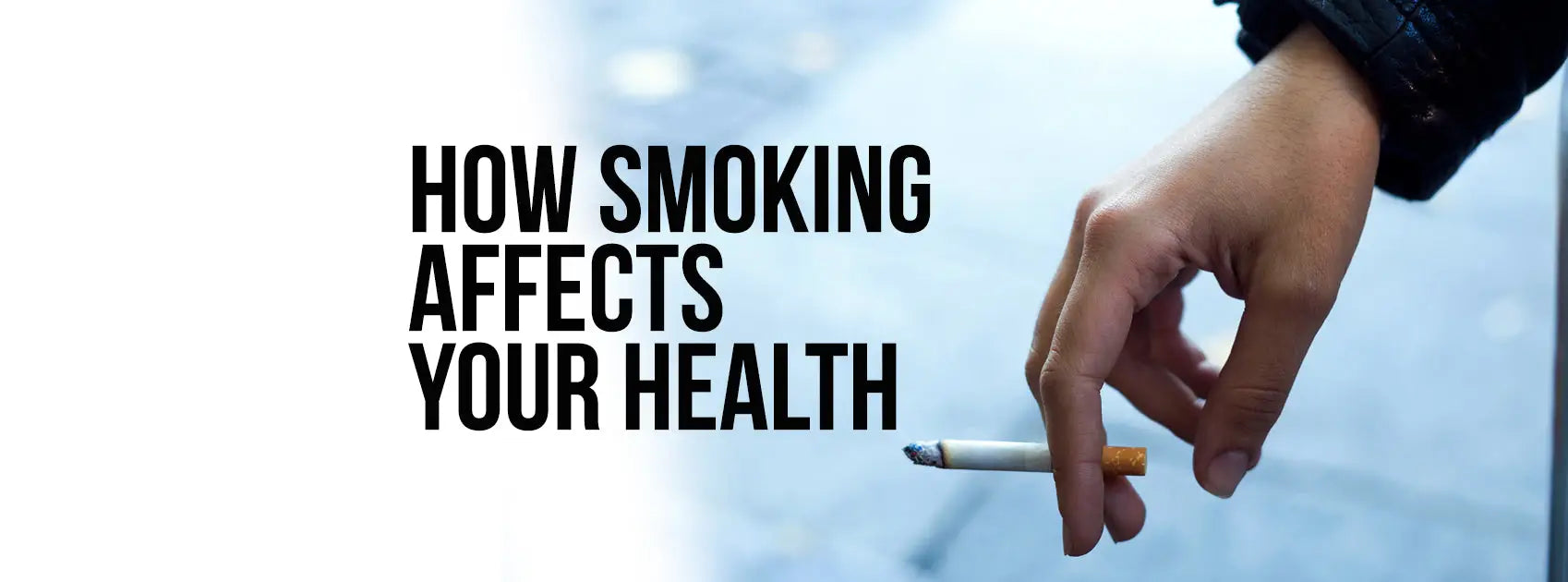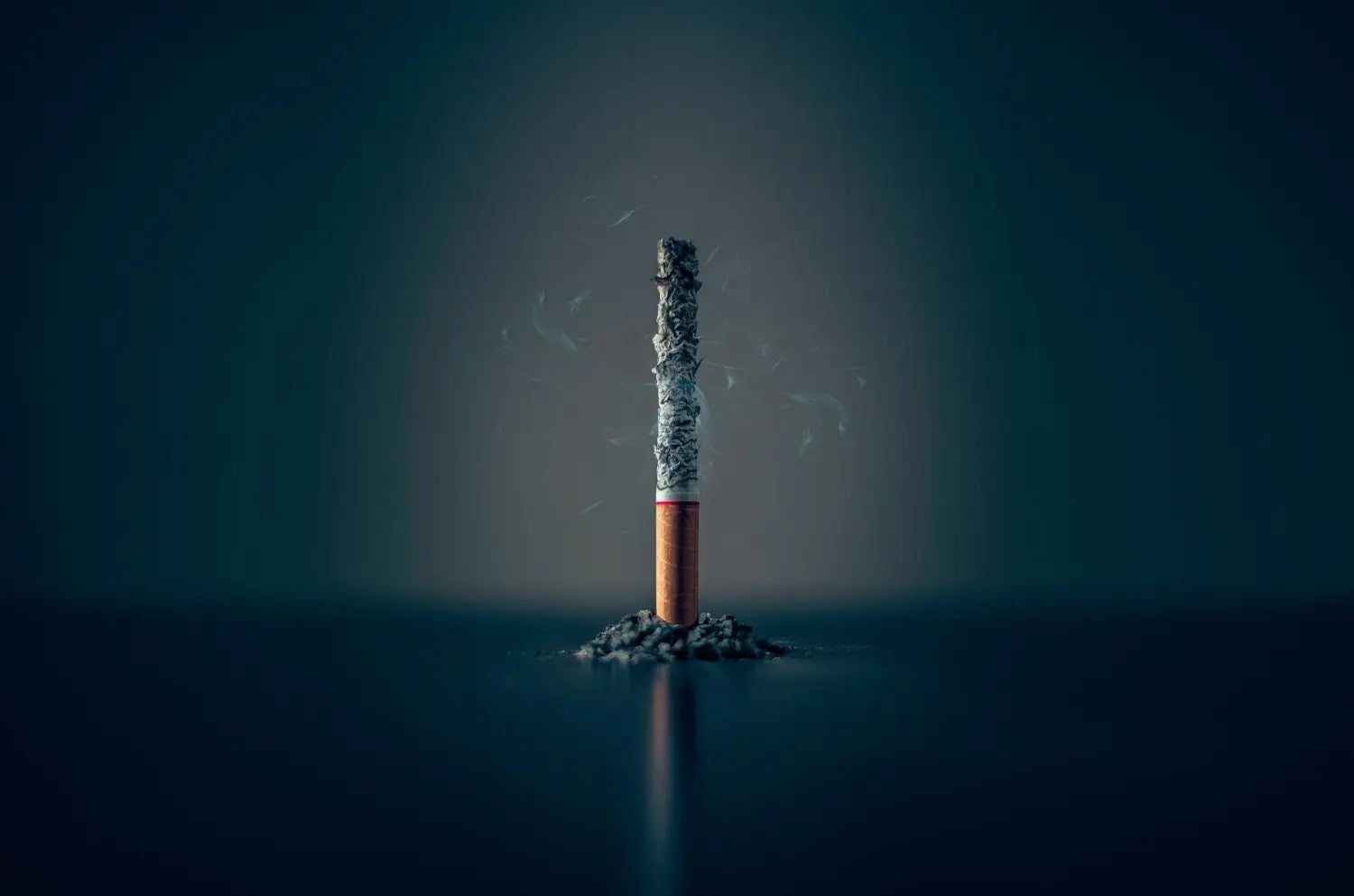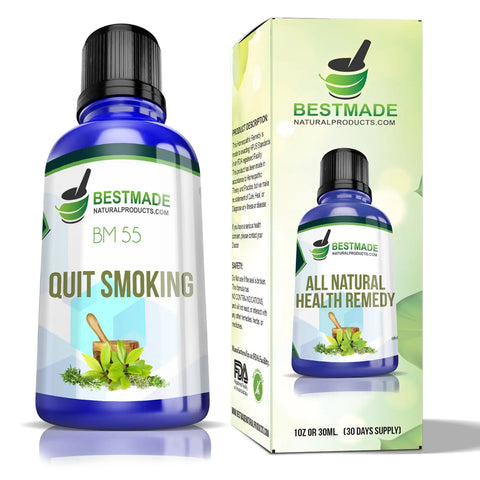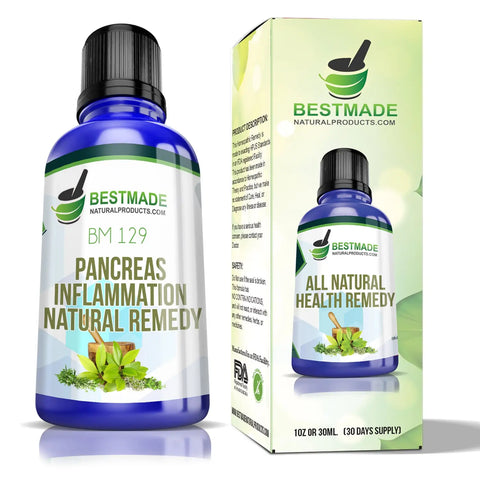
HOW SMOKING AFFECTS YOUR HEALTH AND WHAT TO DO ABOUT IT
Within 10 seconds of your first puff, the toxic chemicals in tobacco smoke reach your brain, heart and other organs. Smoking harms almost every part of your body and increases your risk of many diseases. Smoking also affects how you look and feel, your finances and the people close to you.
BM55 may help with withdrawal, including tobacco cravings, burning in the stomach, bad breath, sleep disturbance, nightmares, and chilliness.
When you smoke, harmful chemicals enter your lungs and spread through your body. They can:
- reach your brain, heart and other organs within 10 seconds of your first puff
- go everywhere your blood flows, harming every part of your body

How tobacco damages your body
The chemicals in tobacco smoke can damage your body in many ways. For example:
-
Nicotine narrows your veins and arteries. This can
- damage your heart by forcing it to work faster and harder
- slow your blood and reduce oxygen to your feet and hands.
- Carbon monoxide deprives your heart of the oxygen it needs to pump blood around your body. Over time, your airways swell up and let less air into your lungs.
- Tar is a sticky substance that coats your lungs like soot in a chimney.
- Phenols paralyse and kill the hair-like cells in your airways. These cells sweep clean the lining of your airways and protect them against infections.
- Tiny particles in tobacco smoke irritate your throat and lungs and cause ‘smoker’s cough’. This makes you produce more mucus and damages lung tissue.
- Ammonia and formaldehyde irritate your eyes, nose and throat.
- Cancer-causing chemicals make your cells grow too fast or abnormally. This can result in cancer cells.
What are the health risks of smoking?
Smoking is one of the biggest causes of death and illness in the UK.
Every year around 78,000 people in the UK die from smoking, with many more living with debilitating smoking-related illnesses.
Smoking increases your risk of developing more than 50 serious health conditions.
Some may be fatal, and others can cause irreversible long-term damage to your health.
You can become ill:
- if you smoke yourself
- if people around you smoke (passive smoking)
BM252 provides natural support for blood flow and circulatory disturbances such as leg cramps when walking, skin temperature fluctuations, racing pulse, headaches, dizziness, memory problems, and mood changes.
Smoking health risks
Smoking causes around 7 out of every 10 cases of lung cancer (70%).It also causes cancer in many other parts of the body, including the:
- mouth
- throat
- voice box (larynx)
- oesophagus (the tube between your mouth and stomach)
- bladder
- bowel
- cervix
- kidney
- liver
- stomach
- pancreas
BM129 may help with pancreas inflammation, including severe pain in the upper abdomen, which persists for hours or days without relief, nausea, vomiting, fever, and dyspnoea.
Smoking damages your heart and your blood circulation, increasing your risk of developing conditions such as:
- coronary heart disease
- heart attack
- stroke
- peripheral vascular disease (damaged blood vessels)
- cerebrovascular disease (damaged arteries that supply blood to your brain)
- chronic obstructive pulmonary disease (COPD), which incorporates bronchitis and emphysema
- pneumonia
Smoking can also worsen or prolong the symptoms of respiratory conditions such as asthma, or respiratory tract infections such as the common cold.
In men, smoking can cause impotence because it limits the blood supply to the penis.
It can also reduce the fertility of both men and women.

Health risks of passive smoking
Secondhand smoke comes from the tip of a lit cigarette and the smoke that the smoker breathes out.
Breathing in secondhand smoke, also known as passive smoking, increases your risk of getting the same health conditions as smokers.
For example, if you have never smoked but you have a spouse who smokes, your risk of developing lung cancer increases by about a quarter.
Babies and children are particularly vulnerable to the effects of secondhand smoke.
A child who's exposed to passive smoke is at increased risk of developing chest infections, meningitis, a persistent cough and, if they have asthma, their symptoms will get worse.
They're also at increased risk of cot death and an ear infection called glue ear.
How tobacco affects the way you look
Smoking tobacco can:
- cause yellow-brown stains on your fingers, tongue and teeth
- increase your risk of tooth loss and bad breath
- make your skin saggy and give you early wrinkles
- make your hair lose its natural shine
How you become addicted
The nicotine in tobacco is highly addictive. It makes your brain release a chemical called dopamine. Dopamine is a ‘feel good’ chemical that:- makes you feel happy
- helps you to concentrate
- gives you more energy
But this effect doesn’t last long.
As the nicotine levels in your body fade, your brain craves more dopamine. The longer you have been smoking, the more dopamine you need to feel good. You become dependent on nicotine.
Once you are dependent on nicotine, without it you will have withdrawal symptoms. You may find it difficult to concentrate or feel nervous, restless, irritable or anxious.
These two things — nicotine dependence and nicotine withdrawal — make you want to smoke more. You become addicted to tobacco.

Some of the conditions and diseases that can be caused by smoking
-
Cancer
Smoking causes most lung cancers and can cause cancer almost anywhere on the body. This includes the lips, tongue, mouth, nose, oesophagus, throat, voice box, stomach, liver, kidney, pancreas, bladder, blood, cervix, vulva, penis and anus. -
Breathing problems and chronic respiratory conditions
Smoking is the main cause of chronic obstructive pulmonary disease (COPD), a serious, progressive and disabling condition that limits airflow in the lungs. Active smoking also worsens asthma in active smokers and is associated with an increased risk for asthma in adolescents and adults. -
Heart disease, stroke and blood circulation problems
Smoking is a major cause of cardiovascular disease, such as heart disease and stroke. Smoking increases the risk of blood clots, which block blood flow to the heart, brain or legs. Some smokers end up having their limbs amputated due to blood circulation problems caused by smoking. -
Diabetes
Smoking causes type 2 diabetes, with the risk of developing diabetes 30 to 40% higher for active smokers than non-smokers. Smoking may also worsen some of the health conditions related to type 1 diabetes, such as kidney disease. -
Infections
Smoking weakens your immune system so you’re more likely to get bacterial and viral infections. -
Dental problems
Smoking increases the risk of gum diseases, tooth loss and tooth sensitivity. Once a person has gum damage, smoking also makes it harder for their gums to heal. -
Hearing loss
Smoking reduces blood flow to the inner ear. Smokers may also lose their hearing earlier than a non-smoker. -
Vision loss
Smoking damages the eye and can lead to macular degeneration — the main cause of blindness in Australia. -
Fertility problems
Smoking can make it more difficult to fall pregnant and affect sperm quality. Find out more about smoking and tobacco and pregnancy. -
Osteoporosis and menopause
Smoking is a risk factor for osteoporosis and in women, may result in early menopause compared to a non-smoker.
BM62 may help with weakness, loss of appetite, yellowing of the skin, and itching. It provides maximum liver support.
Quitting
While quitting smoking can be challenging, the CDC reports that today, there are more people who used to smoke than people who currently smoke.Once a person stops smoking, the benefits start accumulating. These include clearer skin, improved oral health, more stable hormones, a stronger immune system, and a reduced risk of many types of cancers.
Some other benefits of quitting smoking include:
- After 20 minutes–12 hours: Heart rate and carbon monoxide in the blood drop to normal levels.
- After 1 year: The risk of a heart attack is much lower, as is blood pressure. Coughing and upper respiratory problems begin to improve.
- After 2–5 years: The risk of stroke drops to that of someone who does not smoke, according to the CDC After 5–15 years: The risk of mouth, throat, esophagus, and bladder cancer is reduced by half.
- After 10 years: The risk of lung cancer and bladder cancer is half that of someone who currently smokes.
- After 15 years: The risk of heart disease is similar to that of someone who never smoked.
Nicotine is an addictive drug and can cause withdrawal symptoms when a person stops using it. These symptoms include cravings, increased appetite, and irritability. Cravings and other effects typically subside over time.
A doctor or other healthcare professional can help a person take positive steps toward quitting smoking.
Lifestyle changes to help you quit
Lifestyle modifications can greatly affect your ability to quit smoking. Here are some actions you can take:- Get plenty of fresh fruits and vegetables in your diet.
- Avoid sugar and caffeine, since both can increase blood acidity and elevate withdrawal symptoms.
- Practice deep breathing or meditation
- Exercise to reduce stress and promote relaxation.
- Identify environmental triggers that induce cravings; for example, drinking alcohol, arguing with your spouse, or going to a party.
- Make sure that you drink plenty of water every day.
- Get a good night’s sleep every night.
Getting enough sleep enables you to better combat the stressful and often unavoidable situations that trigger cravings.

Treatments to stop smoking
1. Prepare for quit day
Once you have decided to stop smoking, you are ready to set a quit date. Pick a day that is not too far in the future (so that you do not change your mind), but which gives you enough time to prepare.On your quit day:
- Do not smoke at all.
- Stay busy.
- Begin use of your NRT if you have chosen to use one.
- Attend a stop-smoking group or follow a self-help plan.
- Drink more water and juice.
- Drink less or no alcohol.
- Avoid individuals who are smoking.
- Avoid situations wherein you have a strong urge to smoke.
- Delay until the craving passes. The urge to smoke often comes and goes within 3 to 5 minutes.
- Deep breath. Breathe in slowly through your nose for a count of three and exhale through your mouth for a count of three. Visualize your lungs filling with fresh air.
- Drink water sip by sip to beat the craving.
- Do something else to distract yourself. Perhaps go for a walk.
2. Use NRTs
Going cold turkey, or quitting smoking without the help of NRT, medication, or therapy, is a popular way to give up smoking. However, only around 6 percent of these quit attempts are successful. It is easy to underestimate how powerful nicotine dependence really is .The U.S Food and Drug Administration (FDA) have approved five types of NRT:
- skin patches
- chewing gum
- lozenges
- nasal spray (prescription only)
- inhaler (prescription only)
3. Consider non-nicotine medications
The FDA has approved two non-nicotine-containing drugs to help smokers quit. These are bupropion (Zyban) and varenicline (Chantix).Talk to your healthcare provider if you feel that you would like to try one of these to help you to stop smoking, as you will need a prescription.
4. Seek behavioral support
The emotional and physical dependence you have on smoking makes it challenging to stay away from nicotine after your quit day. To quit, you need to tackle this dependence. Trying counseling services, self-help materials, and support services can help you to get through this time. As your physical symptoms get better over time, so will your emotional ones.The National Cancer Institute (NCI) provide help to anyone who wants to stop smoking through their support services:
- smoking helpline: 1-877-44U-QUIT (1-877-448-7848)
- local and state quitlines: 1- 800-QUIT-NOW (1-800-784-8669)
- LiveHelp online chat
- Smokefree website
- SmokefreeTXT text messaging service
5. Try alternative therapies
Some people find alternative therapies useful to help them to quit smoking, but there is currently no strong evidence that any of these will improve your chances of becoming smoke-free, and, in some cases, these methods may actually cause the person to smoke more.Some alternative methods to help you to stop smoking might include:
- filters
- smoking deterrents
- tobacco strips and sticks
- nicotine drinks, lollipops, straws, and lip balms
- hypnosis
- acupuncture
- magnet therapy
- cold laser therapy
- herbs and supplements
- yoga, mindfulness, and meditation
- homeopathy
Bottom line
Quitting smoking is difficult, but your doctor can help you make a plan. Ask them for advice. There are a variety of nonprescription and prescription medications that can help you quit. You can also turn to our smoking cessation resource center, which has advice, stories from others, and more. There are both short and long-term benefits to quitting smoking. Since smoking affects every body system, finding a way to quit is the most important step you can take to living a longer and happier life.







Thank you for this article,I believe after reading this I will be setting a quit day. Very informative and interesting.
Laissez un commentaire